Nature is full of fascinating creatures, each with its own unique adaptations for survival. Some animals have developed incredibly effective defense mechanisms to protect themselves from predators, and these mechanisms can be deadly to those who dare to threaten them. In this list, we’ll explore 15 creatures with some of the most impressive and lethal defense mechanisms in the animal kingdom.
1. Box Jellyfish
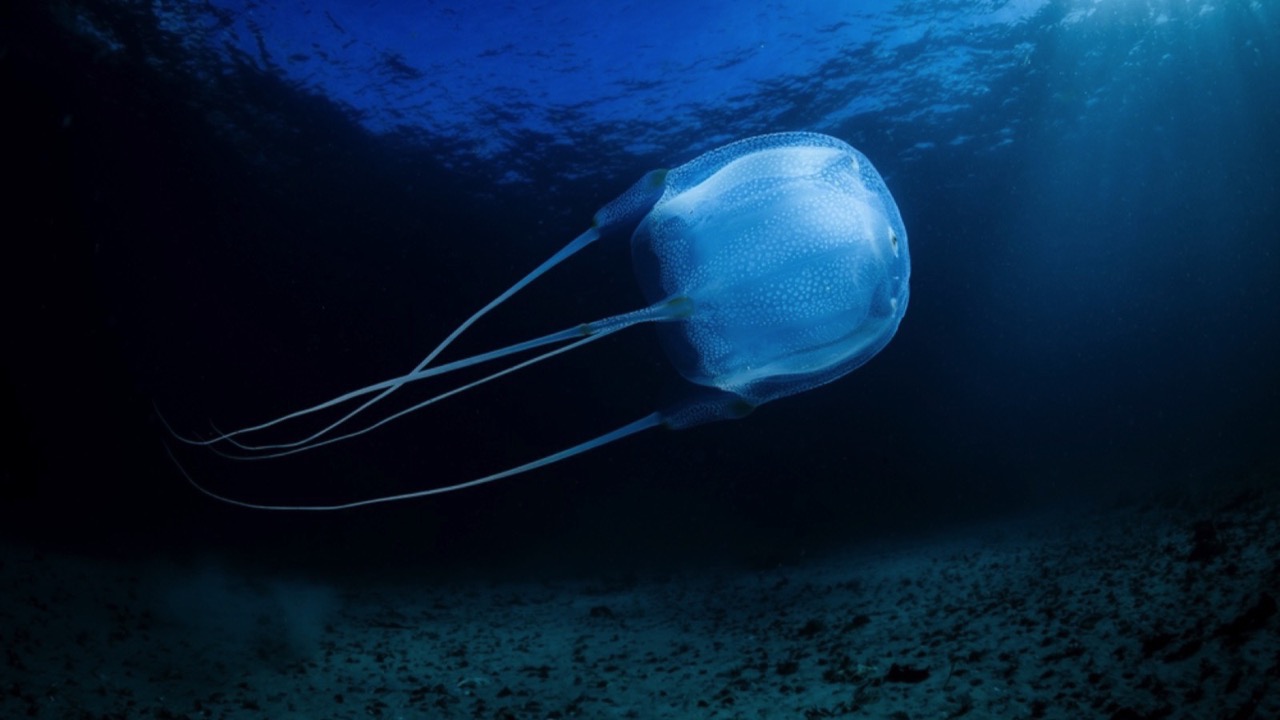
The box jellyfish is one of the most venomous creatures on Earth. These translucent, cube-shaped animals have tentacles lined with millions of microscopic nematocysts, which are capable of injecting a potent venom that can cause excruciating pain, paralysis, and even death to humans.
2. Poison Dart Frog
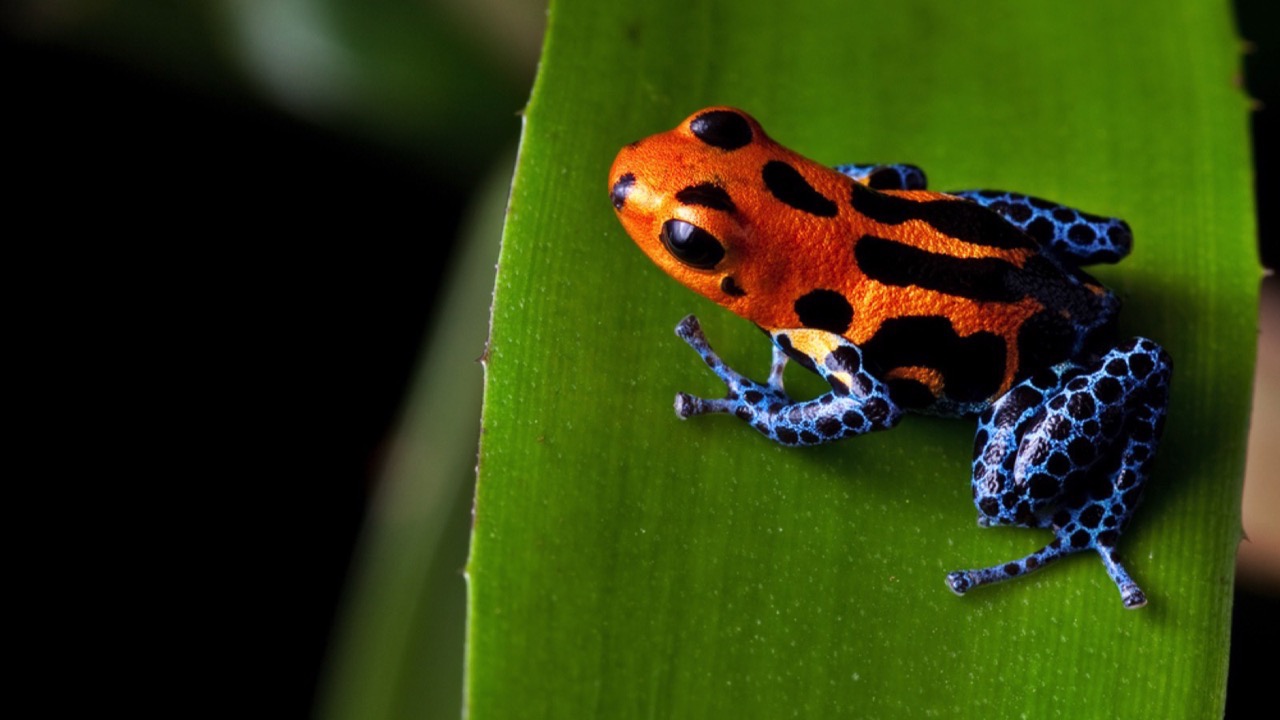
Despite their vibrant colors and tiny size, poison dart frogs are among the most poisonous animals in the world. These frogs secrete toxins through their skin, which can cause paralysis, heart failure, and death in predators that attempt to eat them.
3. Stonefish
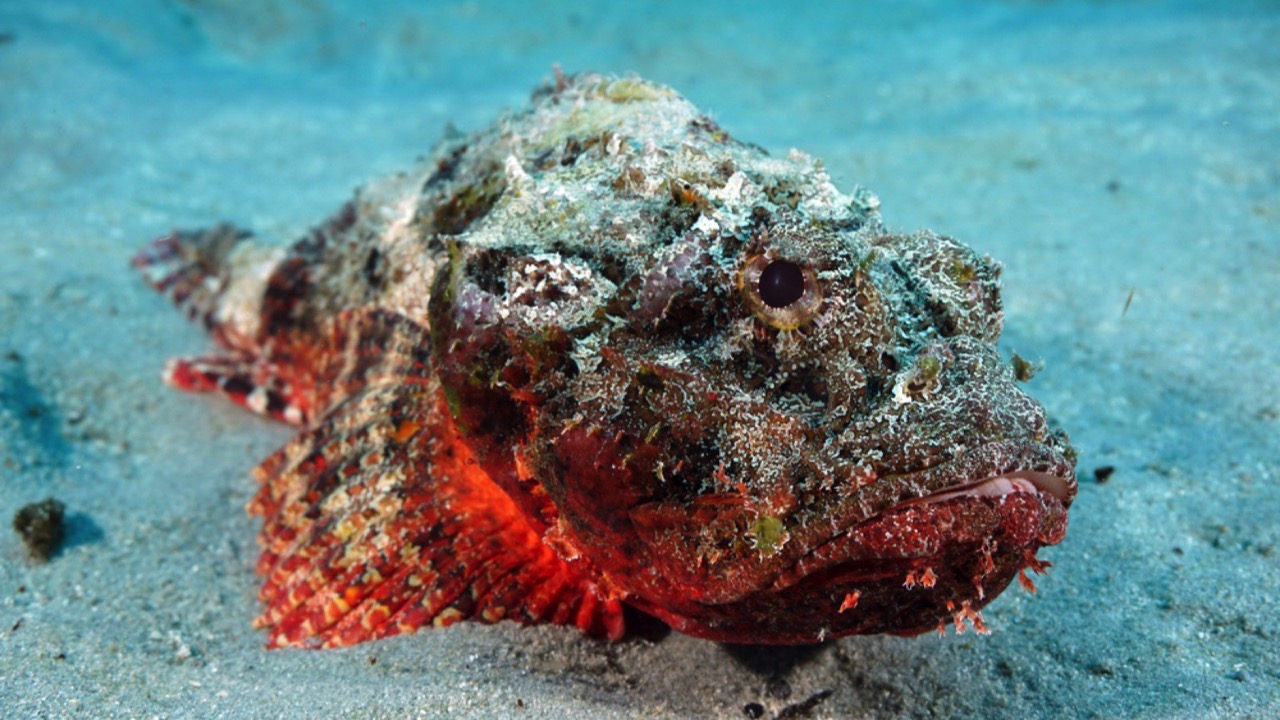
Stonefish are masters of camouflage, blending in seamlessly with their rocky surroundings. However, these fish also have venomous spines along their backs, which can deliver an extremely painful and potentially fatal sting to unsuspecting predators or humans who accidentally step on them.
4. Brazilian Wandering Spider
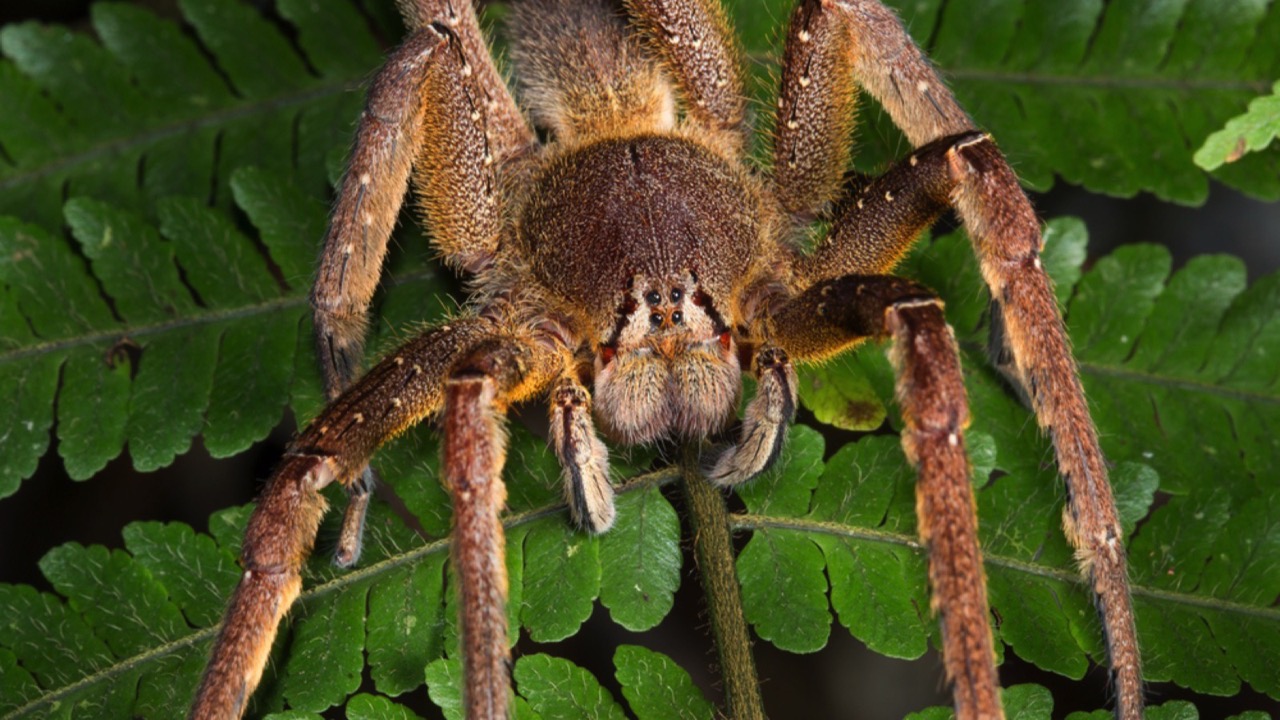
The Brazilian wandering spider is often considered the most venomous spider in the world. These large, aggressive spiders have a potent neurotoxin that can cause severe pain, muscle spasms, and even death in some cases.
5. Blue-ringed Octopus
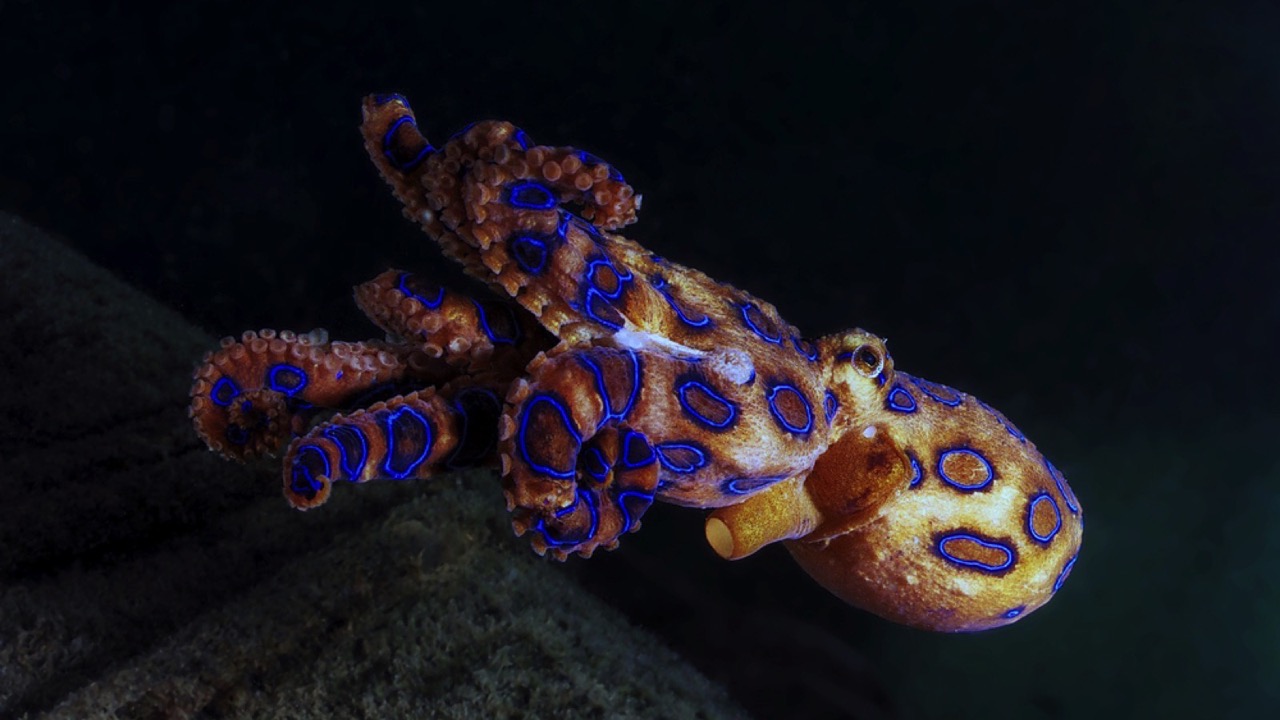
The blue-ringed octopus may be small, but it packs a powerful punch. These octopuses have a venom that contains tetrodotoxin, which is 1,000 times more potent than cyanide. A single bite can cause paralysis and respiratory failure in humans, leading to death if left untreated.
6. Cone Snail

Cone snails are predatory mollusks that use a harpoon-like tooth to inject a potent venom into their prey. Some species of cone snails have venom that is powerful enough to kill humans, causing paralysis and respiratory failure.
7. Pufferfish
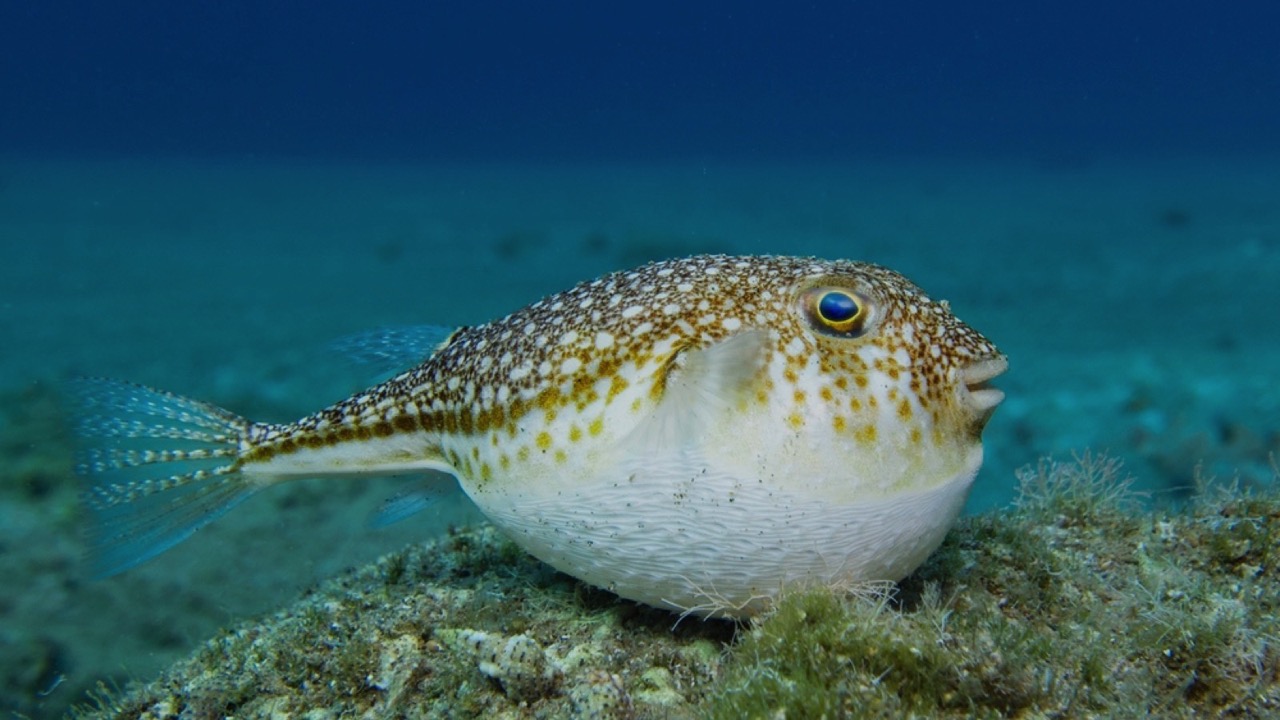
Pufferfish are known for their ability to inflate their bodies when threatened, making them appear larger and more intimidating to predators. However, these fish also contain tetrodotoxin in their organs, making them one of the most poisonous animals in the world.
8. Bombardier Beetle
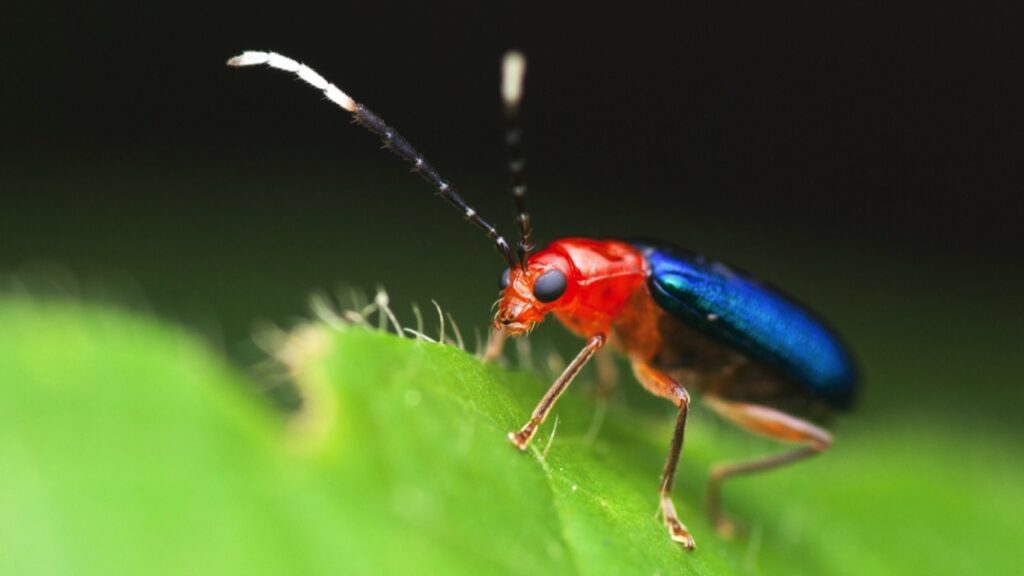
When threatened, bombardier beetles can release a hot, noxious chemical spray from their abdomens. This spray can reach temperatures of up to 100°C (212°F) and can cause severe irritation and even burns to predators.
9. Platypus
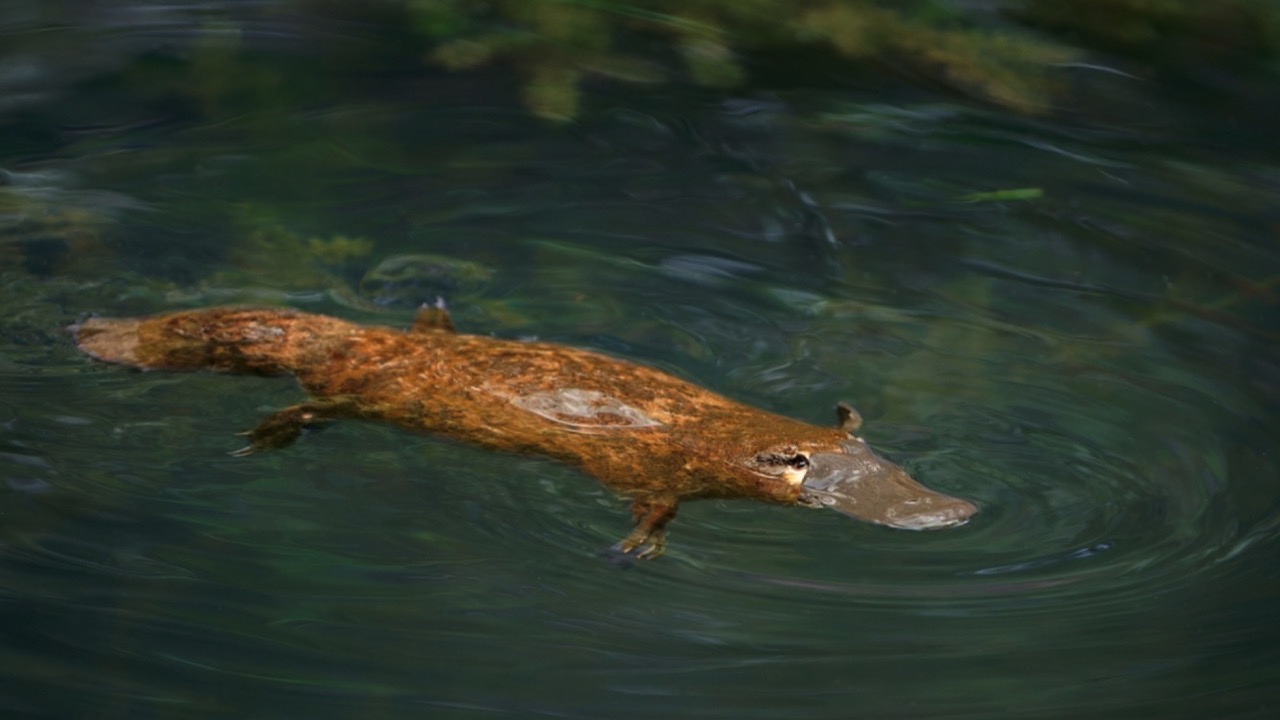
Male platypuses have venomous spurs on their hind legs, which they use to defend themselves and compete with other males during mating season. While not typically fatal to humans, platypus venom can cause severe pain, swelling, and even paralysis.
10. Bullet Ant
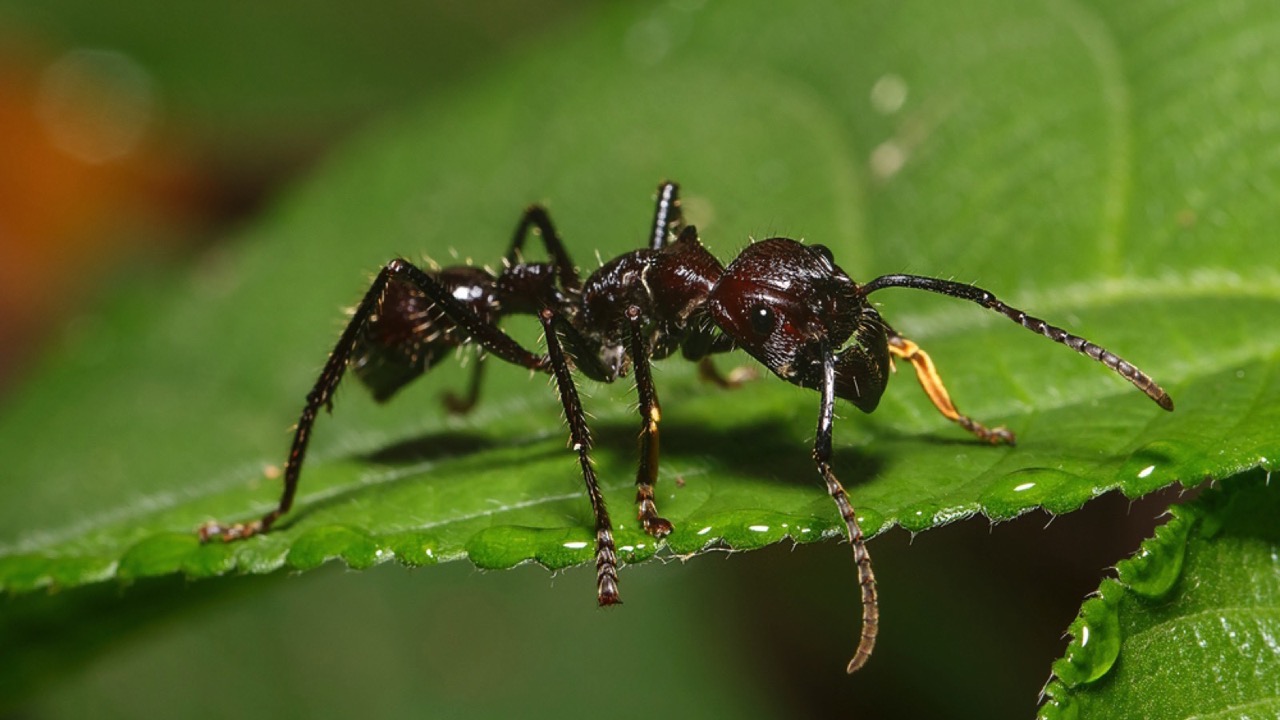
Bullet ants are known for having one of the most painful stings in the insect world. These large, aggressive ants have a potent venom that can cause intense, burning pain that can last for up to 24 hours.
11. Stinging Tree

The stinging tree, native to Australia, is covered in hollow, hair-like structures that contain a potent neurotoxin. When touched, these hairs can break off and become embedded in the skin, causing severe pain, swelling, and even long-term sensitivity to the affected area.
12. Gila Monster

Gila monsters are one of the few venomous lizards in the world. These slow-moving reptiles have a potent venom that they deliver through a powerful bite, which can cause severe pain, swelling, and potentially dangerous drops in blood pressure.
13. Africanized Honey Bee
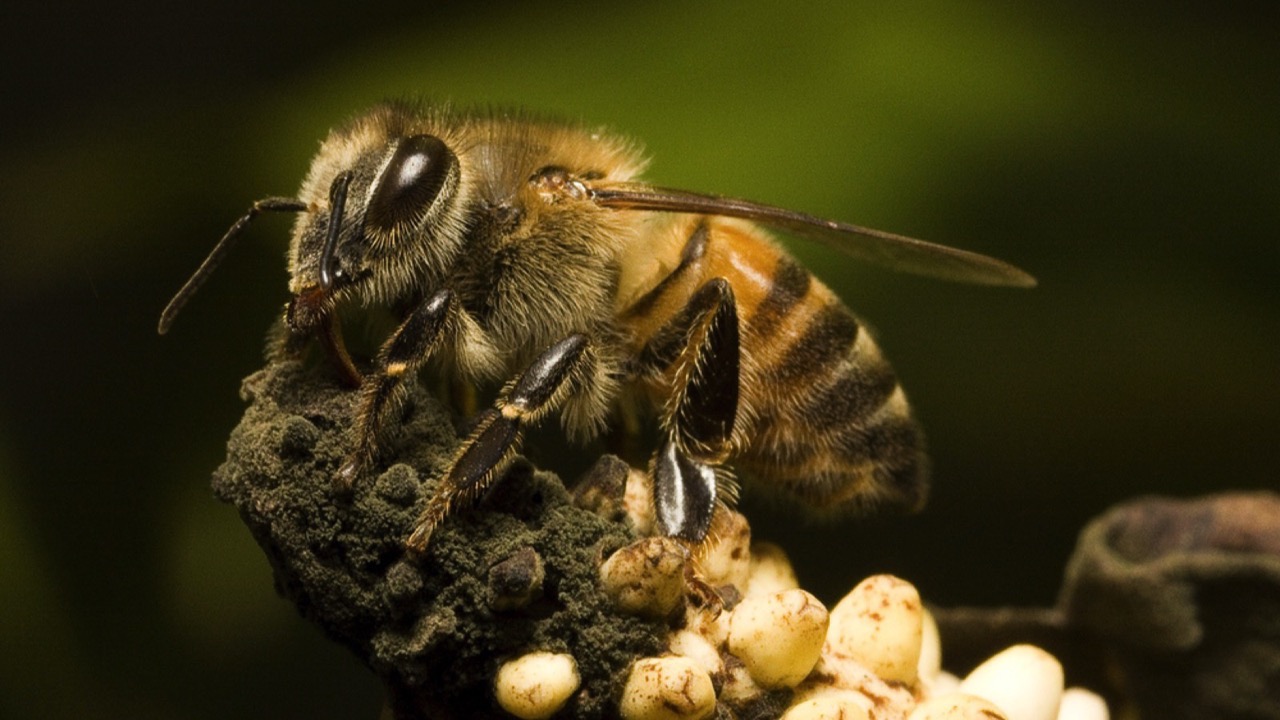
Also known as “killer bees,” Africanized honey bees are known for their aggressive behavior and tendency to swarm when threatened. These bees have a more potent venom than their European counterparts and can deliver multiple stings, which can be fatal to humans in some cases.
14. Inland Taipan
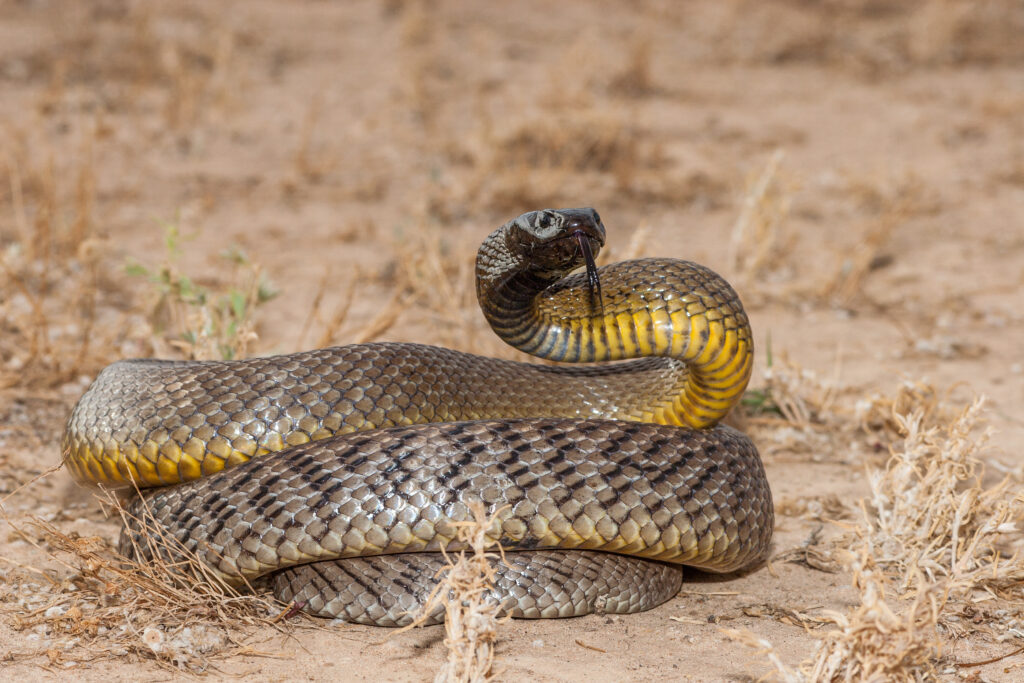
Image Credit: Shutterstock
The inland taipan is considered the most venomous snake in the world. These Australian snakes have a potent neurotoxin that can cause paralysis and death in humans, with a single bite containing enough venom to kill up to 100 adult men.
15. Portuguese Man-of-War
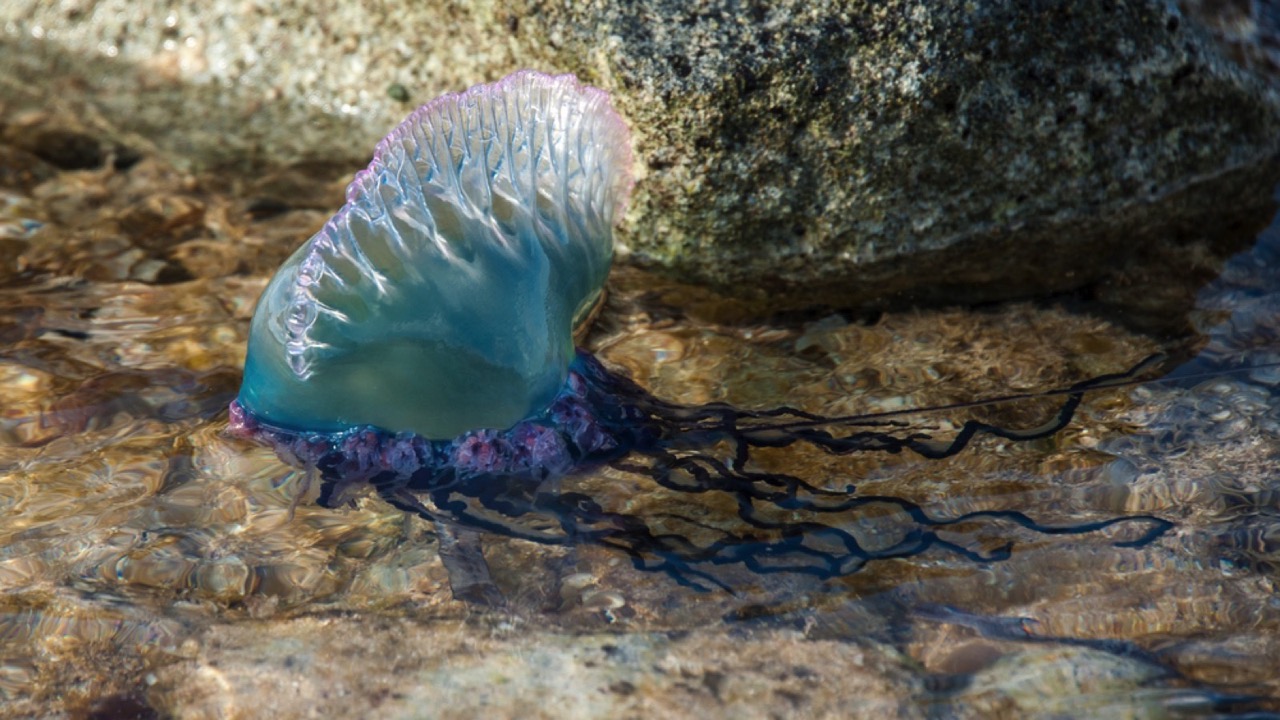
Despite their jellyfish-like appearance, Portuguese man-of-wars are actually a colony of specialized organisms working together. These floating creatures have long, tentacles that can reach up to 165 feet (50 meters) in length and are lined with venomous nematocysts, which can deliver a painful and potentially fatal sting to humans and other animals.
Becky is a fervent wildlife enthusiast and pet care expert with a diploma in canine nutrition. Her love for animals stretches beyond the domestic, embracing the wild tapestry of global fauna. With over a decade of experience in animal welfare, Becky lends her expertise to OutlandishOwl through insightful articles, captivating wildlife information, and invaluable guidance on pet nutrition. Her work embodies a deep commitment to understanding the intricate lives of animals and a passion for educating others on sustaining natural habitats. Becky's hands-on conservation efforts and her knack for translating complex dietary science into practical pet feeding tips make her an indispensable voice for creatures great and small.




